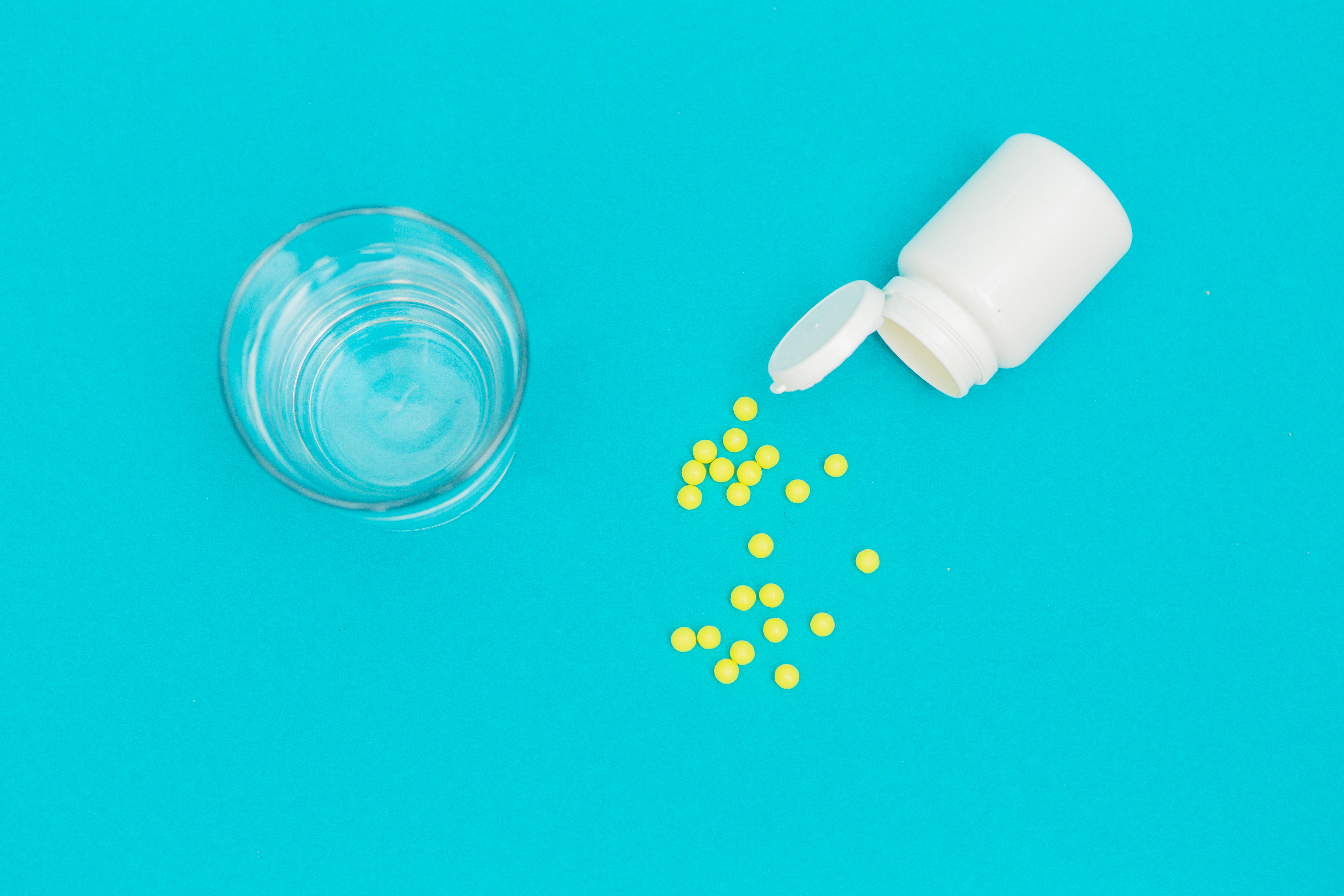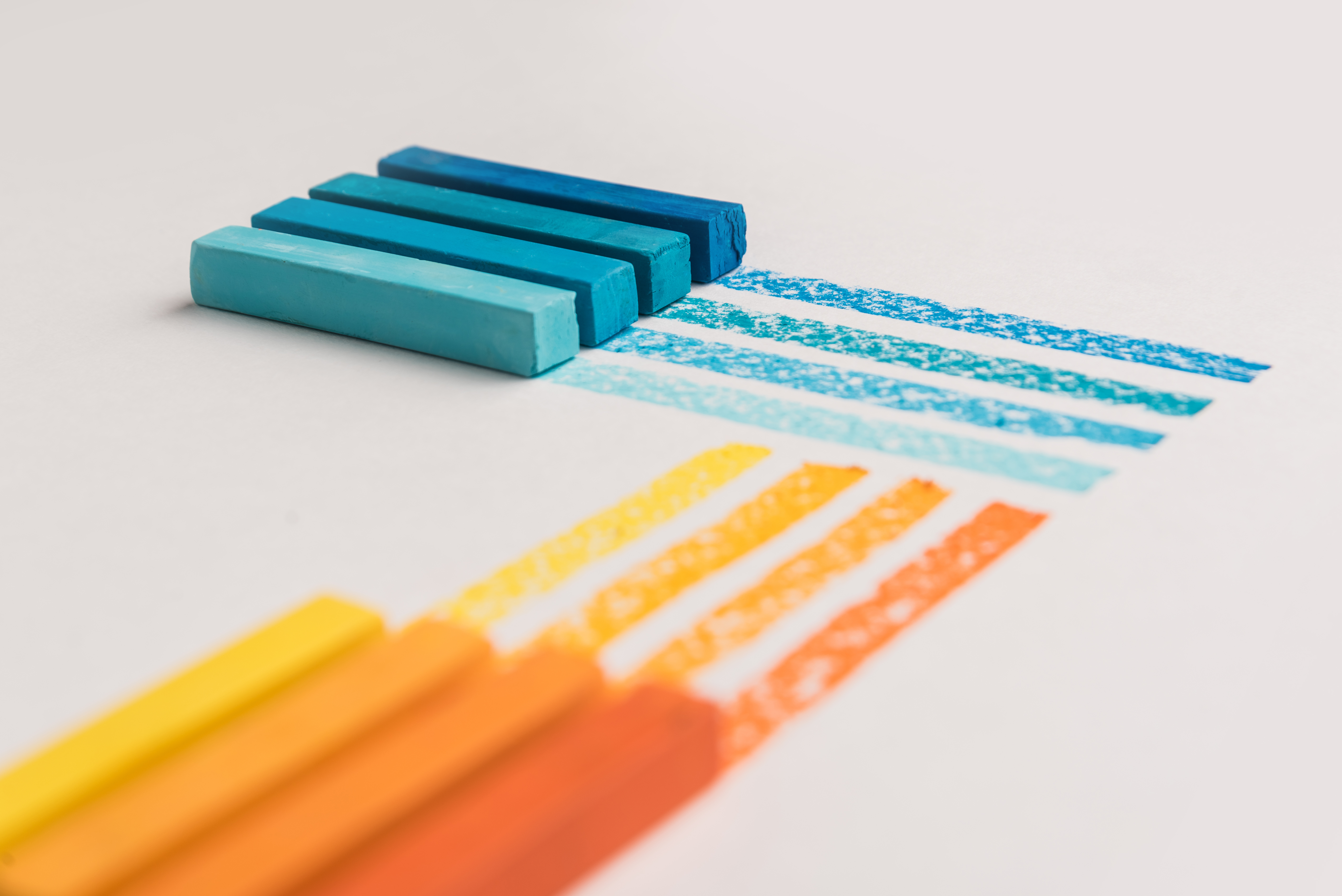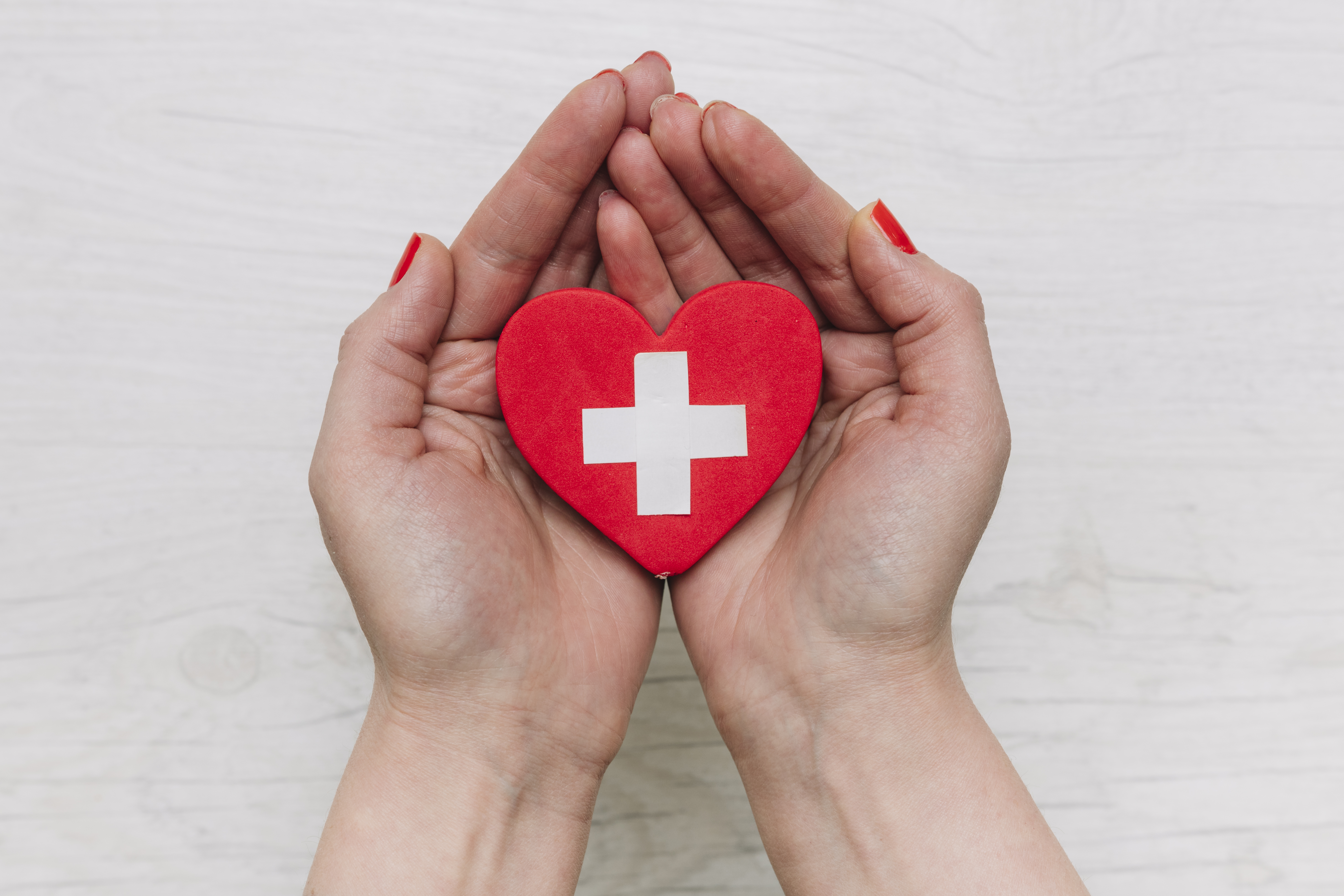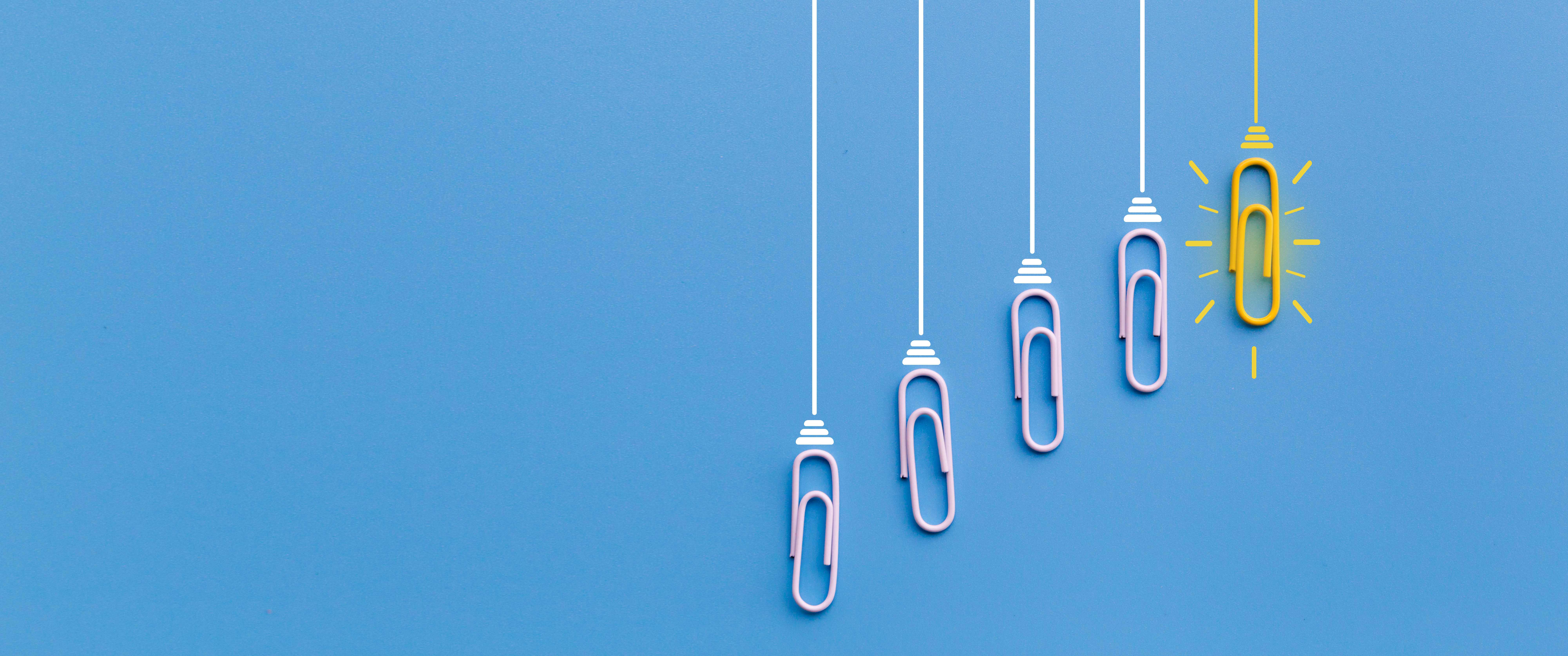We found 54 results that contain "buckets and objects not public"
Posted on: Management is the process of planning, organizing, leading, and controlling resources


Posted by
2 months ago
Companies and organisations need effective management to achieve business goals. There are different levels of management that aim to organise and coordinate the business functions of a company. If you're interested in becoming a manager, knowing about what a manager does can help you get an idea about the role. In this article, we discuss what management is and its unique characteristics, objectives, levels and functions.
Pedagogical Design
Posted on: Management is the process of planning, organizing, leading, and controlling resources



Posted by
2 months ago

Companies and organisations need effective management to achieve business goals. There are different levels of management that aim to organise and coordinate the business functions of a company. If you're interested in becoming a manager, knowing about what a manager does can help you get an idea about the role. In this article, we discuss what management is and its unique characteristics, objectives, levels and functions. --- edited
Pedagogical Design
Posted on: Introduce Books, Storytelling And Narration, Books play a vital role in both brain development


Posted by
over 1 year ago
Introduce Books, Storytelling And Narration -- Edited
Books play a vital role in both brain development and language skills. They’re also the first step towards gross motor skill development (holding books, turning pages). I had introduced cloth books & soft sponge books to her when she was two months old, board books from five months, and paper books after she turned a year old. She liked colourful objects, animals, birds & shapes till around nine months and then loved listening to simple short stories from illustrated books (no fairy tales). And activity books (match the shadows, pairing similar objects) after she turned 2.
3. Ask Questions To Stimulate The Thinking Process
As I introduced the books, I named the objects she was seeing in all the languages I knew. Then I gradually started describing them (shape, colour, use). I explained the environment in which they are found and constantly asked her questions. For example, pointing at a rabbit, instead of asking “what is this?” I asked her, “it has long ears, a short fluffy tail, is soft & white like cotton. What is it?”. I continued with the exercise even when we went out to some shop or mall. We played the “I spy” game in the house & outdoors. I would describe objects and ask her to identify them. It was fun.
4. Let Your Kids Explore - Touch, Feel, Smell, Taste
I encouraged the natural tendency that kids have to explore the world around them. (But of course, with discretion). I never stopped her from playing with stones or mud in the garden, things like tasting sour lime or bitter gourd, smell a flower on the plant, etc. She learned by herself that stones were hard, mud was soft, ice was cold, the paper could be torn with hands and rubber bands were elastic & so on. Things that were not safe for her we explained to her & kept out of reach- like touching a hot cup of tea could burn her skin, pressing against a glass door could break the glass, playing with a sharp object could hurt, etc.
5. Music-Dance-Physical Activity
Kids love music & I was not surprised the other day when she sang the whole song “lakdi ki kathi, kathi pe ghoda” and danced to the tune as well. She now sings quite a few songs & rhymes. It seems like she has a good ear for music because she has been listening to it since childhood. I also noticed that a soothing instrumental piece calms her down whereas a song like “lungi dance” excites her. So, dance becomes an excellent physical activity to channelise the never-ending energy of a kid, and singing & listening to songs becomes a great mental activity. ---- Edited
Books play a vital role in both brain development and language skills. They’re also the first step towards gross motor skill development (holding books, turning pages). I had introduced cloth books & soft sponge books to her when she was two months old, board books from five months, and paper books after she turned a year old. She liked colourful objects, animals, birds & shapes till around nine months and then loved listening to simple short stories from illustrated books (no fairy tales). And activity books (match the shadows, pairing similar objects) after she turned 2.
3. Ask Questions To Stimulate The Thinking Process
As I introduced the books, I named the objects she was seeing in all the languages I knew. Then I gradually started describing them (shape, colour, use). I explained the environment in which they are found and constantly asked her questions. For example, pointing at a rabbit, instead of asking “what is this?” I asked her, “it has long ears, a short fluffy tail, is soft & white like cotton. What is it?”. I continued with the exercise even when we went out to some shop or mall. We played the “I spy” game in the house & outdoors. I would describe objects and ask her to identify them. It was fun.
4. Let Your Kids Explore - Touch, Feel, Smell, Taste
I encouraged the natural tendency that kids have to explore the world around them. (But of course, with discretion). I never stopped her from playing with stones or mud in the garden, things like tasting sour lime or bitter gourd, smell a flower on the plant, etc. She learned by herself that stones were hard, mud was soft, ice was cold, the paper could be torn with hands and rubber bands were elastic & so on. Things that were not safe for her we explained to her & kept out of reach- like touching a hot cup of tea could burn her skin, pressing against a glass door could break the glass, playing with a sharp object could hurt, etc.
5. Music-Dance-Physical Activity
Kids love music & I was not surprised the other day when she sang the whole song “lakdi ki kathi, kathi pe ghoda” and danced to the tune as well. She now sings quite a few songs & rhymes. It seems like she has a good ear for music because she has been listening to it since childhood. I also noticed that a soothing instrumental piece calms her down whereas a song like “lungi dance” excites her. So, dance becomes an excellent physical activity to channelise the never-ending energy of a kid, and singing & listening to songs becomes a great mental activity. ---- Edited
Posted on: Smoke test group by venturit team



Posted by
about 2 months ago

Edited: Natural disasters can have devastating consequences, including:
Loss of life and injury:
Human casualties are a tragic outcome of many natural disasters.
Property damage:
Buildings, infrastructure, and personal belongings can be destroyed or damaged.
Economic disruption:
Disasters can disrupt local economies, causing significant financial losses.
Environmental damage:
Natural disasters can lead to habitat destruction, pollution, and other environmental problems.
Importance of Preparedness:
While natural disasters are inevitable, being prepared can significantly reduce their impact:
Early warning systems: Timely warnings allow communities to evacuate and take necessary precautions.
Building codes and regulations: Stronger infrastructure can better withstand natural hazards.
Community awareness and education: Educating the public about disaster preparedness is crucial.
Emergency response plans: Having well-defined plans for responding to disasters can save lives and minimize damage.
Loss of life and injury:
Human casualties are a tragic outcome of many natural disasters.
Property damage:
Buildings, infrastructure, and personal belongings can be destroyed or damaged.
Economic disruption:
Disasters can disrupt local economies, causing significant financial losses.
Environmental damage:
Natural disasters can lead to habitat destruction, pollution, and other environmental problems.
Importance of Preparedness:
While natural disasters are inevitable, being prepared can significantly reduce their impact:
Early warning systems: Timely warnings allow communities to evacuate and take necessary precautions.
Building codes and regulations: Stronger infrastructure can better withstand natural hazards.
Community awareness and education: Educating the public about disaster preparedness is crucial.
Emergency response plans: Having well-defined plans for responding to disasters can save lives and minimize damage.
Justice and Belonging
Posted on: Edited -- The Complete Workout Plan to Build Muscle



Posted by
6 months ago

Want to achieve something similar? Read on to find out how to lose fat and gain muscle.
The Build Muscle Training Plans
In these plans, you'll alternate weeks between doing a combination of heavy weights and low repetitions and low weights with high repetitions to build muscle. This strategy delivers both endurance, strength and hypertrophy. Combine these efforts with intelligent nutrition, and you'll expose your body to the variables you need to hit your seemingly contradictory goals and realise the overall objective: looking and feeling your absolute best. You can use our guide to RPE to decide when to increase your weights:
The Build Muscle Training Plans
In these plans, you'll alternate weeks between doing a combination of heavy weights and low repetitions and low weights with high repetitions to build muscle. This strategy delivers both endurance, strength and hypertrophy. Combine these efforts with intelligent nutrition, and you'll expose your body to the variables you need to hit your seemingly contradictory goals and realise the overall objective: looking and feeling your absolute best. You can use our guide to RPE to decide when to increase your weights:
Assessing Learning
Posted on: #iteachmsu



Posted by
4 months ago

The IoT-Based Smart Farming Cycle
The core of IoT is the data you can draw from things and transmit over the internet. To optimize the farming process, IoT devices installed on a farm should collect and process data in a repetitive cycle that enables farmers to react quickly to emerging issues and changes in ambient conditions. Smart farming follows a cycle similar to this one:
1. Observation . Sensors record observational data from the crops, livestock, soil, or atmosphere.
2. Diagnostics. The sensor values are fed to a cloud-hosted IoT platform with predefined decision rules and models—also called "business logic"—that ascertain the condition of the examined object and identify any deficiencies or needs.
3. Decisions . The user and/or the machine learning-driven components of the IoT platform assess the revealed issues to decide if location-specific treatment is necessary.
4. Action . After end-user evaluation and action, the cycle repeats from the beginning.
The core of IoT is the data you can draw from things and transmit over the internet. To optimize the farming process, IoT devices installed on a farm should collect and process data in a repetitive cycle that enables farmers to react quickly to emerging issues and changes in ambient conditions. Smart farming follows a cycle similar to this one:
1. Observation . Sensors record observational data from the crops, livestock, soil, or atmosphere.
2. Diagnostics. The sensor values are fed to a cloud-hosted IoT platform with predefined decision rules and models—also called "business logic"—that ascertain the condition of the examined object and identify any deficiencies or needs.
3. Decisions . The user and/or the machine learning-driven components of the IoT platform assess the revealed issues to decide if location-specific treatment is necessary.
4. Action . After end-user evaluation and action, the cycle repeats from the beginning.
Disciplinary Content
Posted on: Smoke test group : What is Smart Farming? It's The Future of Agriculture -- edited


Posted by
5 months ago
The IoT-Based Smart Farming Cycle
The core of IoT is the data you can draw from things and transmit over the internet. To optimize the farming process, IoT devices installed on a farm should collect and process data in a repetitive cycle that enables farmers to react quickly to emerging issues and changes in ambient conditions. Smart farming follows a cycle similar to this one:
1. Observation . Sensors record observational data from the crops, livestock, soil, or atmosphere.
2. Diagnostics. The sensor values are fed to a cloud-hosted IoT platform with predefined decision rules and models—also called "business logic"—that ascertain the condition of the examined object and identify any deficiencies or needs.
3. Decisions . The user and/or the machine learning-driven components of the IoT platform assess the revealed issues to decide if location-specific treatment is necessary.
4. Action . After end-user evaluation and action, the cycle repeats from the beginning.
The core of IoT is the data you can draw from things and transmit over the internet. To optimize the farming process, IoT devices installed on a farm should collect and process data in a repetitive cycle that enables farmers to react quickly to emerging issues and changes in ambient conditions. Smart farming follows a cycle similar to this one:
1. Observation . Sensors record observational data from the crops, livestock, soil, or atmosphere.
2. Diagnostics. The sensor values are fed to a cloud-hosted IoT platform with predefined decision rules and models—also called "business logic"—that ascertain the condition of the examined object and identify any deficiencies or needs.
3. Decisions . The user and/or the machine learning-driven components of the IoT platform assess the revealed issues to decide if location-specific treatment is necessary.
4. Action . After end-user evaluation and action, the cycle repeats from the beginning.
Posted on: #iteachmsu



Posted by
over 1 year ago

Natural resources are the raw materials and sources of energy that we use. Petrol, metals, soil, sand, wind, water, and everything in between are natural resources. Manufactured items such as plastic, sheet metal, fabrics, microchips, electricity and concrete are not natural resources, but are most definitely derived from natural resources.
Natural resources are the raw materials and sources of energy that we use.
Petrol, metals, soil, sand, wind, water and everything in between are natural resources. Manufactured items such as plastic, sheet metal, fabrics, microchips, electricity and concrete are not natural resources, but are most definitely derived from natural resources.
Think about the relationship between natural resources and manufactured products. In essence, we call them “natural” resources because they are things human society uses that are created (or were created in the case of fossil fuels) without human intervention.
Perpetually Renewable Resources
Perpetually renewable resources are the easiest resources to understand; these are natural resources that are constantly replenished by the Sun’s and Earth’s natural processes. For example, every day the sun delivers an average of 198 Watts of energy to every square meter (m
) of the Earth’s surface. For comparison a standard incandescent light bulb in a bedside lamp uses 40 Watts, or a 100kg person climbing a step in 2 seconds uses roughly 200 Watts. Every day without fail for the last 5 billion years (plus or minus a few hundred million years) the Sun has delivered this solar energy.
Together with geothermal energy (heat from the Earth’s interior), the Sun’s perpetual energy powers the winds, ocean currents, precipitation and most of the Earth’s plant life. Solar and geothermal natural resources currently energise a significant and growing percentage of many nations’ electrical grids. It is perpetually renewable in the sense that no matter how much we use in terms of human time-scales (e.g decades to millennia), the Sun and the Earth will always make more.
Intermediate Renewable Resources
Intermediate renewable resources are only renewable resources if we don’t use them too quickly. They are resources such as freshwater, soil, crops and trees for timber. If we didn’t use them, they would be perpetually renewable, but because they require time (on human time-scales) to regenerate or grow, we can overuse them until they are no longer available.
Freshwater is a great example of an intermediate renewable resource. Through the water cycle, the sun evaporates water from the surface of saltwater oceans that travels over land and falls back to earth as freshwater rain. This rain fills the lakes, rivers and aquifers we use for agriculture, industry and drinking water. If we use this freshwater at the same rate as the rain recharging it, then we won’t run out. If we use the freshwater faster than it recharges, then we will. Intermediate renewable resources must be carefully managed to ensure they are not depleted.
Non-renewable Resources
The last category of natural resources are the non-renewables. These are resources that will not regenerate on human time-scales. Once they have been depleted they will no longer be available and no more will be made. The most common examples of non-renewable resources are fossil fuels, so-called because most were created by processes that take millions of years. Fossil fuels include crude oil, natural gas, coal and uranium. Other non-renewable resources include metals, lithium and rare-Earth elements (REE’s), but it’s important to remember that while we may eventually run out of mineable metals and REE’s, with careful waste management, these can be recovered through recycling. However, it is not the same for fossil fuels as using them for energy alters their chemistry so they are no longer useful.
Natural resources are the raw materials and sources of energy that we use.
Petrol, metals, soil, sand, wind, water and everything in between are natural resources. Manufactured items such as plastic, sheet metal, fabrics, microchips, electricity and concrete are not natural resources, but are most definitely derived from natural resources.
Think about the relationship between natural resources and manufactured products. In essence, we call them “natural” resources because they are things human society uses that are created (or were created in the case of fossil fuels) without human intervention.
Perpetually Renewable Resources
Perpetually renewable resources are the easiest resources to understand; these are natural resources that are constantly replenished by the Sun’s and Earth’s natural processes. For example, every day the sun delivers an average of 198 Watts of energy to every square meter (m
) of the Earth’s surface. For comparison a standard incandescent light bulb in a bedside lamp uses 40 Watts, or a 100kg person climbing a step in 2 seconds uses roughly 200 Watts. Every day without fail for the last 5 billion years (plus or minus a few hundred million years) the Sun has delivered this solar energy.
Together with geothermal energy (heat from the Earth’s interior), the Sun’s perpetual energy powers the winds, ocean currents, precipitation and most of the Earth’s plant life. Solar and geothermal natural resources currently energise a significant and growing percentage of many nations’ electrical grids. It is perpetually renewable in the sense that no matter how much we use in terms of human time-scales (e.g decades to millennia), the Sun and the Earth will always make more.
Intermediate Renewable Resources
Intermediate renewable resources are only renewable resources if we don’t use them too quickly. They are resources such as freshwater, soil, crops and trees for timber. If we didn’t use them, they would be perpetually renewable, but because they require time (on human time-scales) to regenerate or grow, we can overuse them until they are no longer available.
Freshwater is a great example of an intermediate renewable resource. Through the water cycle, the sun evaporates water from the surface of saltwater oceans that travels over land and falls back to earth as freshwater rain. This rain fills the lakes, rivers and aquifers we use for agriculture, industry and drinking water. If we use this freshwater at the same rate as the rain recharging it, then we won’t run out. If we use the freshwater faster than it recharges, then we will. Intermediate renewable resources must be carefully managed to ensure they are not depleted.
Non-renewable Resources
The last category of natural resources are the non-renewables. These are resources that will not regenerate on human time-scales. Once they have been depleted they will no longer be available and no more will be made. The most common examples of non-renewable resources are fossil fuels, so-called because most were created by processes that take millions of years. Fossil fuels include crude oil, natural gas, coal and uranium. Other non-renewable resources include metals, lithium and rare-Earth elements (REE’s), but it’s important to remember that while we may eventually run out of mineable metals and REE’s, with careful waste management, these can be recovered through recycling. However, it is not the same for fossil fuels as using them for energy alters their chemistry so they are no longer useful.
Disciplinary Content
